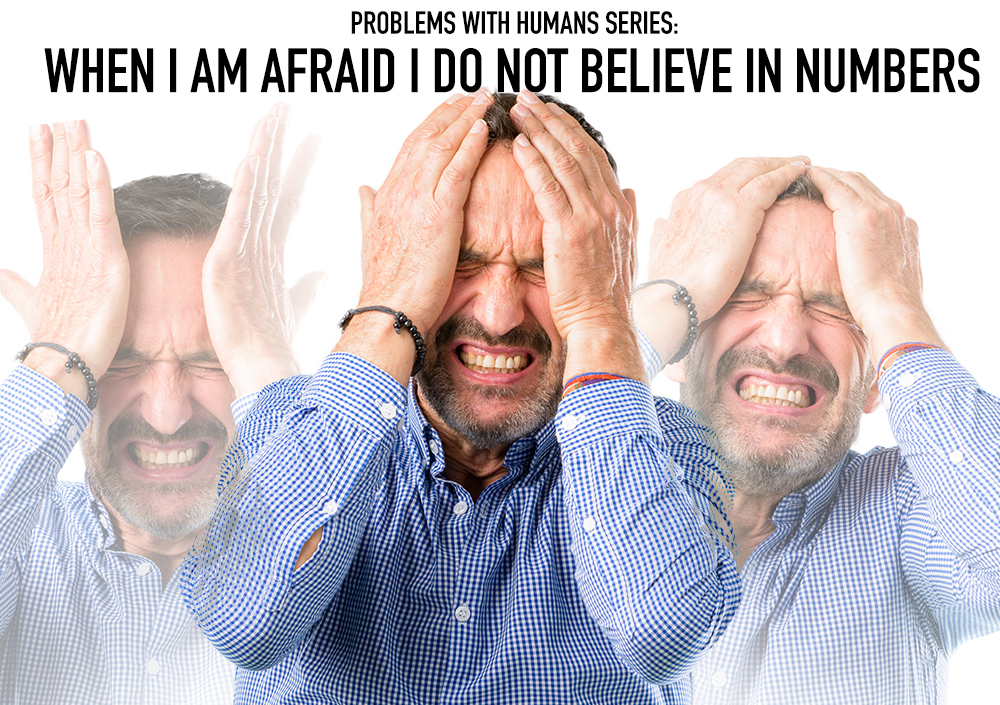So, let’s say there’s this amusement park, which is huge. The size of a continent.
And the people who live and work in it are pretty well off. People come to visit the park; some people come to live in the park; a few people jump over the fence, to avoid paying the turnstile fee. And one in a million of those people who jump the fence are on Most Wanted posters. They jump the fence, too.
So the money folks at the park run the numbers, and discover that, on average, the folks that jump the fence, buy enough stuff at the park so that the park makes money. It makes a little less than it does on the folks who pay at the turnstile, in some cases, on average, but overall, yeah, the park makes money on the jumpers.
Park security has its own job, keeping the park safe. It collects data on the pickpockets and muggers in the park, and it finds out that, on average, the fence jumpers pick fewer pockets, get in less fights, and rob people less than people who pay the fee at the gate.
Now. Here is the part where my analogy breaks with reality.
Most of the people in my analogy are reasonable. They use data to justify policy.
A horrible mugging occurs. A one out of a million thing. And the mugging, which ended in a death, so it’s a murder, was committed by a fence jumper. The money person and the security person and the marketing person all meet to figure out what to do.
Our mugging numbers are pretty good, overall, but they could be better, Security says. Give us more money if this issue is affecting overall operational goals.
Wait, the marketing person says, the person who did this jumped the fence. Shouldn’t we work on the fence?
The security person and the money person exchange a look. “No. That’s a waste of resources. There are two things we can do. We can spend more on park security in general. Catch more muggers. Don’t worry if they’re fence jumpers. Most muggers are paid customers anyway. Those numbers go down. We can afford to spend X more on that without eating into the bottom line too much, the money person says.
The security person agrees. “Yeah. Give us more funds. We catch more bad people. The fence jumpers aren’t worse than the average park goer. But don’t worry. We check the Most Wanted Posters at the fence. So if a fence jumper is a real bad hombre, he gets evicted hard.
The marketing person, the least smart and most emotional person there, gets all pissed off. “Well then. Just tear down the gates and let everyone in free, I guess, is what you’re saying. Free park. Build all the costs into every ride. We all take our chances! Fence Jumpers! Cat’s and Dog living together! Anarchy!
No, no no, the money person says. The model basically works. We don’t want to do that. The fences work about as good as fences work. The slippage doesn’t cost us money. And it doesn’t make us less safe than, say, making coupons and letting more people in the first place. Nobody here is saying ‘open park’.
The marketing person is now wide eyed, frothing. Fence jumpers! Murderers! Rapers! Fence jumping murderer raper jumpers!
Please shut up, the money and the security person both say. We’ve explained the rational options. You’re being an asshole.
But what about this thing? the Marketing person screams.
We’re lucky, the money person says. We live in a metaphor where most people are rational, except for you.
What we will do is check the most wanted posters at the fence, and everywhere else, and spend more on security evenly applied to everyone when we feel insecure, and accept that the fence jumpers make the park money, that other than the jumping they’re the same or more profitable than regular park goers, and that overall, we are a better and more profitable park, with the fence built to the level it is now.
Oh, and nobody wants to tear down the fence, nobody that matters, anyway, so shut up about that. Your hysteria doesn’t move reasonable people.
Because we are people who can look at graphs. People who reason by data. People who respect numbers. People who recognize say, that getting on a plane is safer than driving 2000 miles, even if they feel safer behind the wheel, than trusting a pilot. People that know seatbelts will save them ten times more often than they will trap them in a burning car. People that know vaccines save far more people than they kill, who still want vaccine making and selling regulated.
People that know that, in the rare occurrence they are mugged and or murdered, 95% of the time it will be by people they know. From their side of the fence.
People that know that getting super upset about the fence is really a symptom of something else entirely.
People who have decided not to let that something else rule them.
People who have decided not to let racism win.

